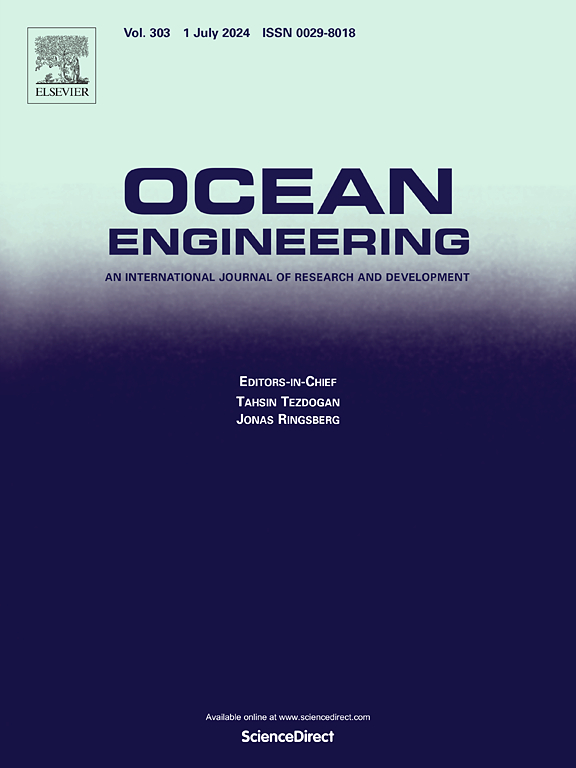A risk-based early warning method for offshore platform equipment based on multi-source data fusion
IF 5.5
2区 工程技术
Q1 ENGINEERING, CIVIL
引用次数: 0
Abstract
Risk-based early warning is a critical approach to ensuring the safety of offshore operations. Its effectiveness relies on data and information collected from the field. However, due to the diversity of data sources, the data often vary in format and characteristics, making standardization within a unified framework challenging. Moreover, inconsistencies may arise between data from different sources, and traditional data fusion techniques can yield counterintuitive results when processing conflicting information. To address these challenges, this study proposes a risk-based early warning method based on multi-source data fusion. Utilizing cloud model theory, the method systematically integrates data from three key sources: sensor monitoring, on-site inspections, and expert judgment. These are transformed into a unified basic probability assignment (BPA). An improved evidence theory incorporating the Bray-Curtis distance and information entropy is introduced to dynamically adjust the weights of BPAs from different evidence sources. Dempster's rule is then applied to sequentially fuse the data and determine the final risk warning level. A case study involving an offshore oil and gas production separator demonstrates that the proposed method effectively integrates data from multiple sources, harmonizes qualitative and quantitative information, and significantly enhances the credibility and reliability of risk warnings compared to traditional approaches.
基于多源数据融合的海洋平台设备风险预警方法
基于风险的早期预警是确保海上作业安全的关键方法。它的有效性依赖于从现场收集的数据和信息。然而,由于数据源的多样性,数据的格式和特征往往各不相同,这使得统一框架内的标准化具有挑战性。此外,来自不同来源的数据之间可能出现不一致,传统的数据融合技术在处理冲突信息时可能产生反直觉的结果。针对这些挑战,本研究提出了一种基于多源数据融合的基于风险的预警方法。该方法利用云模型理论,系统地整合了三个关键来源的数据:传感器监测、现场检查和专家判断。这些被转换成一个统一的基本概率分配(BPA)。引入改进的证据理论,结合Bray-Curtis距离和信息熵,对不同证据源的双酚a权重进行动态调整。然后应用Dempster规则依次融合数据,确定最终的风险预警级别。海上油气生产分离器的案例研究表明,与传统方法相比,该方法有效地集成了来自多个来源的数据,协调了定性和定量信息,显著提高了风险预警的可信度和可靠性。
本文章由计算机程序翻译,如有差异,请以英文原文为准。
求助全文
约1分钟内获得全文
求助全文
来源期刊

Ocean Engineering
工程技术-工程:大洋
CiteScore
7.30
自引率
34.00%
发文量
2379
审稿时长
8.1 months
期刊介绍:
Ocean Engineering provides a medium for the publication of original research and development work in the field of ocean engineering. Ocean Engineering seeks papers in the following topics.
 求助内容:
求助内容: 应助结果提醒方式:
应助结果提醒方式:


